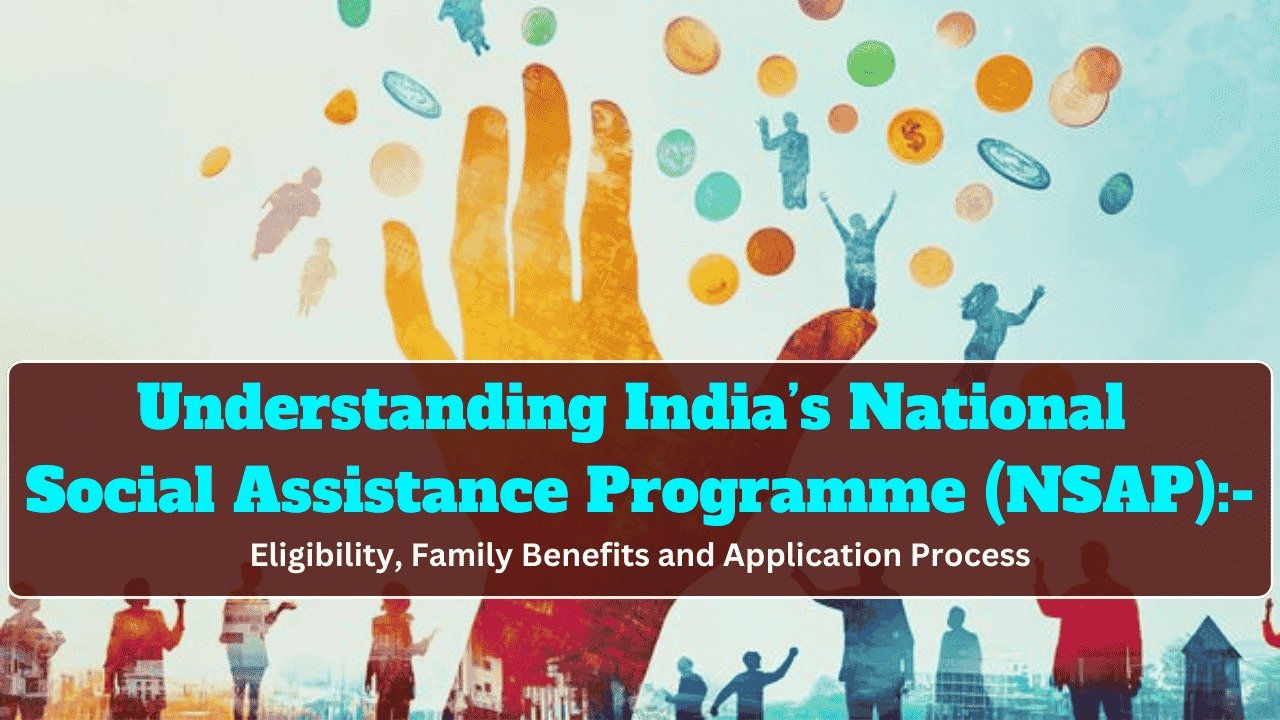
Scholarships play a vital role in making education accessible to deserving students. The Nagaland State Merit Scholarship program is designed to support students in their educational journey, but navigating the application and verification process requires understanding specific procedures. This article provides a comprehensive overview of how the scholarship system works, focusing particularly on the role of educational institutions.
Understanding the Common Scholarship Portal
At the heart of the Nagaland scholarship system is the Common Scholarship Portal (https://scholarship.nagaland.gov.in). This centralized online platform streamlines the application and verification process, making it more efficient and transparent for all stakeholders involved.
The portal serves as the primary interface for three main participants:
- Students applying for scholarships
- Institutional Nodal Officers (INOs) who verify applications
- State/Department officials who provide final approval
The Role of Institutional Nodal Officers
Every educational institution participating in the Nagaland State Merit Scholarship program must designate an Institutional Nodal Officer (INO). This individual serves as the critical link between students and the scholarship authorities.
Becoming an INO
The process for establishing an INO is straightforward:
- The institution nominates an appropriate staff member to serve as INO
- The nomination letter includes essential details:
- Name of the nominated INO
- Contact phone number
- Email address
- Name of the institution
- District where the institution is located
- The nomination letter is sent to [email protected]
- Upon receiving this nomination, the Department registers the INO
- Login credentials are then provided directly to the nominated INO
INO Responsibilities
The INO’s role carries significant responsibility in the scholarship process:
- Thoroughly understanding the scholarship guidelines
- Conducting primary verification of all applications from their institution
- Comparing online applications with physical documents submitted by students
- Rejecting applications with incorrect or incomplete documentation
- Maintaining application forms and supporting documents for at least five years
- Ensuring compliance with all verification requirements
The Verification Process
The verification of scholarship applications follows a clear two-stage process:
Primary Verification
This initial verification is conducted by the INO at the institutional level. During this stage, the INO:
- Logs into the Common Scholarship Portal using their official credentials
- Reviews each online application submitted by students from their institution
- Compares the online information with hard copies of applications and supporting documents
- Makes verification decisions based on the scholarship guidelines
- Provides clear reasons for any applications that are rejected
It’s important to note that institutions should only verify applications for which students have submitted hard copies of their documents. Applications without corresponding physical documentation should not proceed through the verification process.
Secondary Verification
After the INO completes the primary verification, applications move to the next stage:
- State/Department officials review the applications that passed institutional verification
- They conduct an additional examination of eligibility and documentation
- Final approval decisions are made at this level
Document Retention Requirements
A critical responsibility for participating institutions is the proper maintenance of application records. The guidelines specify that:
- All application forms must be retained
- All supporting documents must be preserved
- Records must be kept for a minimum of five years
- This retention enables future inquiries or audits if needed
Empanelment of Educational Institutions
For institutions to participate in the Post Matric Scholarship program, they must go through an empanelment process. While the document provided doesn’t detail the specific steps for empanelment, it mentions this as a requirement.
Educational institutions likely need to:
- Meet certain quality standards
- Demonstrate administrative capability
- Show commitment to supporting the scholarship process
- Complete registration procedures
Best Practices for Institutions
Based on the guidelines, here are some recommended practices for institutions participating in the scholarship program:
- Designate a Responsible INO: Choose someone who is detail-oriented, understands educational requirements, and can commit to the verification timeline.
- Create a Systematic Approach: Develop a clear process for collecting, organizing, and reviewing student applications and documents.
- Provide Student Support: Offer guidance to students about application requirements and deadlines to improve the quality of submissions.
- Maintain Secure Records: Establish a secure storage system for scholarship documents that ensures preservation for the required five-year period.
- Stay Updated: Keep abreast of any changes to scholarship guidelines or verification requirements.
Moving Forward
The Nagaland State Merit Scholarship program represents an important opportunity for students seeking financial support for their education. For this system to function effectively, educational institutions must fulfill their vital role in the verification process.
By understanding the responsibilities of Institutional Nodal Officers, following proper verification procedures, and maintaining thorough records, institutions can help ensure that deserving students receive the support they need to pursue their educational goals.
The online Common Scholarship Portal has modernized the application process, but the human element of careful verification remains essential. When institutions execute their responsibilities diligently, the scholarship system can operate with integrity and effectiveness, ultimately benefiting the students of Nagaland who rely on this support for their educational advancement.



